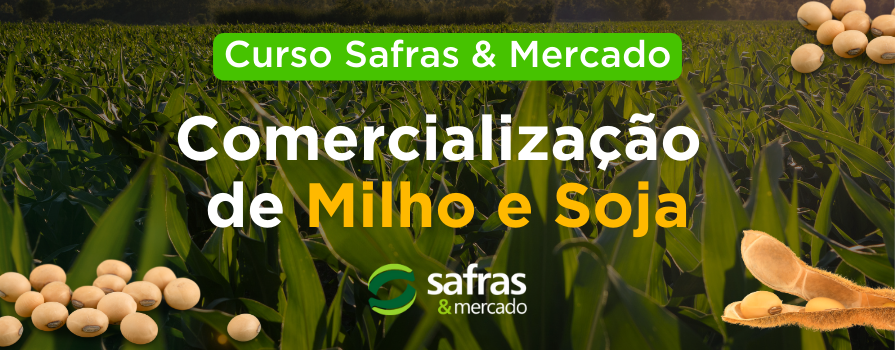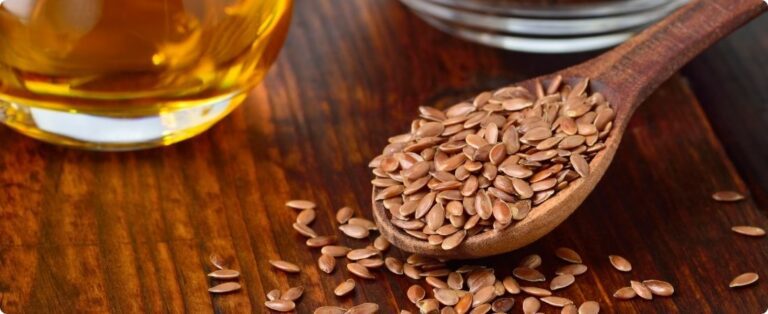Brazil's total 2018/19 corn harvest was estimated this Friday at 97.5 million tonnes, according to the average of a Reuters poll of 11 experts, which would leave production slightly below the record of 97. 8 million seen two years ago by the country's government.
According to data from consultancies and institutions, such as the state-owned Conab itself, production will grow after a record planted area in the second harvest, the harvest of which has already started in states such as Mato Grosso and Paraná, showing good productivity in the first batches, with the benefit of a favorable climate. for the development of crops.
A higher 21% corn production compared to 2017/18, after a drought last year that dropped the Brazilian harvest to 80.7 million tons, should help Brazil, a leader in the export of chicken and beef, to supply its livestock. Furthermore, it would allow record shipments of cereal estimated at more than 30 million tons.
A small however for Brazil's corn production is the possibility of frosts for the second harvest, which was estimated by experts interviewed by Reuters at a record of 70.37 million tons, an increase of around 2 million tons compared to previous survey, carried out at the end of April.
For this weekend, there is a forecast of light frosts in Paraná, the second national producer behind Mato Grosso, but this should not cause problems for the harvest, according to experts.
“No risk (of frost) for the off-season,” said analyst Paulo Molinari, from the consultancy Safras & Mercado. “The crops are already in the final stages of maturation and the frosts will be light.”
Among the companies and institutions consulted, Safras & Mercado has the highest estimate for Brazilian corn production, at 101.76 million tons.
Rabobank Brasil senior analyst Victor Ikeda added that the only factor that could negatively impact the corn harvest in Brazil would be frosts in the South.
“However, crops in Paraná, for example, are already in the final phase of development, in which the negative impacts on productivity would be more limited”, highlighted Ikeda, commenting that in stages close to harvesting, corn is less susceptible to losses due to extreme cold.
“I believe that there should be practically no downward bias in the estimated production for 2019 in second harvest corn…”, he commented, citing that he was in Mato Grosso at the beginning of the month, when the State was still benefiting from rain, which is not typical for this season.
“The harvest has already started in some regions and the first plots show productivity well above those seen in 2016/17, when the winter corn harvest had also already surprised”, highlighted analyst Aedson Pereira, from IEG-FNP, citing factors such as adoption more productive seeds, better fertilizer management and, above all, a very favorable calendar for planting, in addition to favorable weather.
ADJUSTMENT FOR SOY
In fact, the soybean harvest, already closed in the country that is the largest global exporter of the oilseed, continues to be revised upwards.















